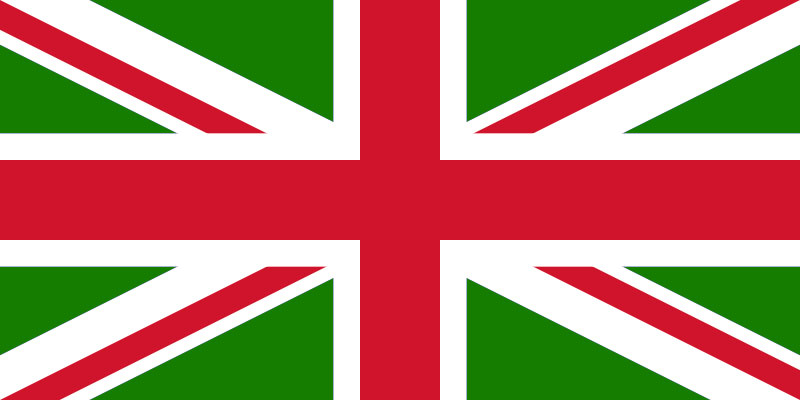
Beyond simple color changes (Welsh green or black, for example, as above, instead of Scots' blue), it's interesting just how fast the suggestions become really, obviously terrible.
A part of this, I think, is that without Scotland, there really isn't a "United Kingdom" to speak of: radical variations on the Union flag just look silly, and slight ones a backhanded substitute. The anxiety reflects an awareness that Scottish independence would be a strange, slow thing for the islands, the beginning of something new rather than the end of something old. It would at first amount to less than expected— then, in the long run, more.
If the vote is yes, for example, Scotland would not extricate itself as completely as the United States did. It would negotiate toward some kind of manageable arms-length quasi-federal setup, a best-of-both worlds approach that lets everyone get on with life without too much hassle. Such an arrangement might even interest the Irish Republic: it has England at arms' length, of course, but The Troubles hid a basic constitutional entanglement that was never fully unraveled. Social bonds are friendlier than ever, too. Who else? The Faroe Islands, perhaps, nominally Danish but autonomous since the UK took over in World War II. It'd be fun to see taxpayers in Surrey angry at having to pay for all that Salmiakki.
If we're going to play Science Fiction Flags, show me one for a confederal Atlantic Archipelagos, unfurled on a desk in Lýðveldið the day before its accession referendum.

No comments:
Post a Comment